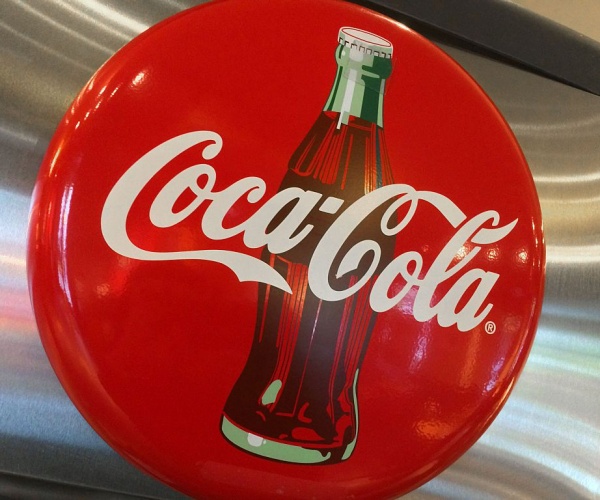The prototype has been made by a Danish company using an extra stronger paper shell from a thin plastic liner. Coca-Cola aims to manufacture 100 percent recyclable, plastic-free bottles that are capable of preventing gases escaping from this carbonated drink.
As the concerns regarding growing plastic pollution grow in the world, major corporations are taking a step forward to tackle the gigantic problem of plastic waste that gets generated in the millions of tonnes every day. In its bid to reduce plastic pollution from the planet, Coca-Cola is all set to test the paper-made bottles to completely replace its plastic-made bottles for longer good to nature as well as human beings.
The prototype has been made by a Danish company using an extra stronger paper shell from a thin plastic liner. Coca-Cola aims to manufacture 100 percent recyclable, plastic-free bottles that are capable of preventing gases from escaping from this carbonated drink.
In addition, the challenge also remains to make sure that the material used should not enable any sort of mixing of fibre flakes into the drinks which may either change the taste or even worse might pose serious danger to the health of the people. Coca-Cola has already been ranked as the number one plastic polluter across the world followed by Pepsi and Nestle. It is only now that the company is planning to produce 100 percent plastic-free bottles by 2030.
Manufacturing paper bottles
Danish firm ‘Paboco’ is behind this innovative process of producing paper bottles long with paper-based containers. But at present, there lie considerable challenges in front of the development of this technology. First and foremost is that of making such a material which may withstand the pressure exerted by fizzy drinks.
Moreover, there also comes the need of creating such a type of paper that can be easily shaped and modified according to various sizes. The firm is working behind the development of this technology for the last seven years and eventually has got ready to conduct its first trials in Hungary. Further, these trials will be first done on Coca-Cola-made fruit drinks where almost 2,000 paper-made bottles will be tested.
Other companies like Carlsberg are also making new prototypes of paper bottles to try them on their products. Throughout the development of the new prototypes, companies are mostly trying to make these bottles from a single piece of paper based on fibre material. This will enable the molding of the bottles quite easily in any shape and size.
Challenges Ahead
Another challenge amid this development is that the bottles made up of paper cannot come in direct contact with the liquid. Therefore, companies now are devising the usage of a plant-based coating inside the bottles. This sort of bio-based barrier has to be tried on the prototypes as well. As paper cannot hold liquids, there still remains the necessity of utilising plastic for the purpose. Hence, the plant-based interior coverings of the bottles will help to get rid of the plastic altogether.
As plastic-based material and plastic bottles are recycled in an efficient manner, the implementation of this new system will be a mean feat in near future. Along with this, replacing the existing infrastructure with the new one will also be a considerable hindrance.
Immortal plastic pollution
According to a report by Greenpeace, globally only nine percent of plastic gets recycled even in developed countries, sometimes the amount of plastic remains less than 50 percent. Further, most recycled plastic is converted to lower quality plastic which becomes non-recyclable, eventually becoming a part of the landfill sites.
At present, Southeast Asia remains to be the top hotspot when it comes to plastic waste. As per CIEL report more than 90 percent of the plastic is made from fossil fuels. In 2019 alone, worldwide pollution due to plastic production and its burning was equivalent to 189 coal-fired power plants.
If this relentless production of plastic is not stopped then it will lead to an increase of around 10-13 percent in the emission of greenhouse gases. Overproduction of plastic might also increase the consumption of oil by 20 percent by 2050. Other than this, statistics also hint that the East Asia and Pacific region will be at the top in having globally mismanaged plastic with 60.1 percent followed by South Asia at 12.1 percent and Sub-Saharan Africa at 10.6 percent.

